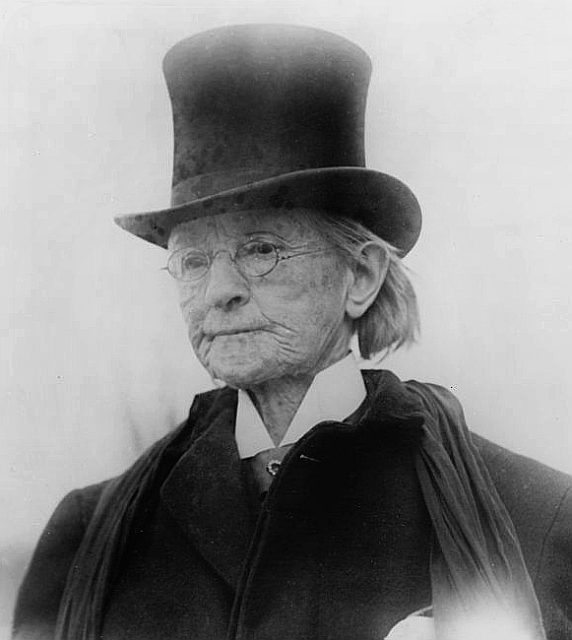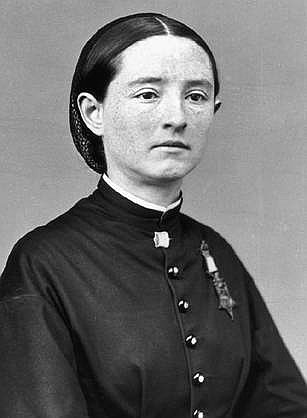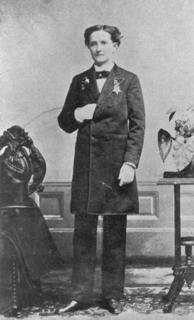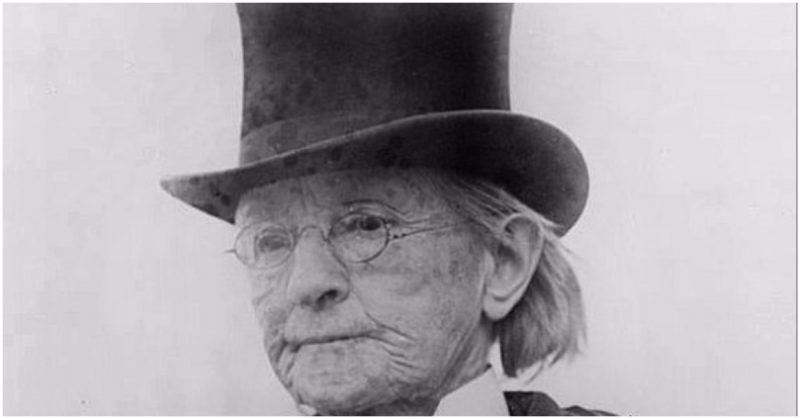Mary Edwards Walker lived a life full of excitement and courage, forging paths during a time when feminism was largely unheard of, and the country was split over the issue of slavery. She was a female surgeon, a recipient of the United States Armed Forces Medal of Honor and a prisoner of war. Walker often appeared in public in a man’s suit and top hat, along with short-shorn hair. She was rarely well-received by her peers.
Walker spent most of her life in public service. Whether fighting for the rights of others, writing literature, discussing important social topics, or overseeing public institutions such as jails and orphanages.
A Foundation for Excellence
Walker’s accomplishments can be credited to her parents’ progressive attitudes, which they passed on to their children. One of seven, she was encouraged to be independent and was taught to question authority. Non-traditional gender roles were the norm around the family farm, and women’s clothing was not required.
Her parents started the local school, as they were advocates for female education. It was no surprise Walker went on to enjoy higher education, a rarity for women in her time. After primary school, she went to seminary, then taught until she earned enough money to attend Syracuse Medical College, which is still in existence today. Walker was the only female there and graduated with honors as a doctor.

She also briefly attended another college in Iowa but was suspended because she attempted to join the all-male debating society.
Her aspirations did not prevent her from marriage to a fellow doctor, although the marriage was as untraditional as Walker herself was. She did not obey her husband, as was expected. Although she wrote widely of women’s dress reform in various literary journals she was highly criticized for wearing pants. She was adulterous, and she did not take her husband’s last name. Walker worked alongside her husband in a shared practice, but unfortunately, it failed, as she was not viewed as a trusted doctor, due to her gender. They were divorced.

The Civil War
When the Civil War began, Walker volunteered for the Union Army. As a female, she was put to work as a nurse, although she was highly over-qualified. Her first action was at the First Battle of Bull Run in 1861, in Manassas, Virginia, after which she worked at an Army hospital in Washington. She then worked as an unpaid surgeon on the front lines, during several battles. The role enabled her to wear men’s clothing, and she frequently supported women’s role in the war effort, especially those who disguised themselves to fight as soldiers.
At one point, Walker requested a role as a Civil War spy, although she was not accepted. Eventually, she was employed by the army for her surgeon work, as they finally recognized her value. She then became the very first female surgeon employed by the US Army. She treated soldiers on both sides of the battle, and civilians.
In 1864, Walker was arrested by the Confederates and accused of being a spy, after she had crossed battle lines to assist a Confederate doctor in an amputation. She was held as a prisoner in Richmond for four months until released as part of a prisoner exchange. While a POW she began to suffer from partial muscular atrophy, which gained her a disability pension.
She was nominated for the Medal of Honor by Generals Sherman and Henry Thomas, with President Andrew Johnson moving to award her the medal.
Unfortunately, in 1917, the Army reviewed their list of honorees and removed several, one of which was Walker; the other notable name to be removed was Buffalo Bill Cody. The Army ordered that she return her medal, but she refused and wore it until she died. In 1977, President Jimmy Carter reinstated her award.
After the War
After the war, Walker went on to chase her academic pursuits, and also to expand her career. She supervised a female prison in Kentucky and was head of an orphanage in Tennessee.
She was an activist for dress reform, feminism, temperance and health care. She wrote two separate books on feminism.
Walker participated in the woman’s suffrage bureau and helped raise funds to get a female professor to teach female medical students. She tried to get female voting passed, although she was unsuccessful. She attempted to vote without success as well.
She was not well received by other suffragists of the day, because of her seemingly odd behavior, such as her men’s clothing and top hat. However, the British suffragettes took very nicely to her.

Walker lived a very long life, dying at home aged 86. She was, of course, buried in a suit.
After Walker’s death, there were many honors awarded her. She received an induction to the National Women’s Hall of Fame in 2000. A WWII ship was given her name and in 1982 she appeared on a USPS stamp.
Medical facilities at the State University of New York at Oswego are named after her, as well as numerous other medical facilities around the country.
